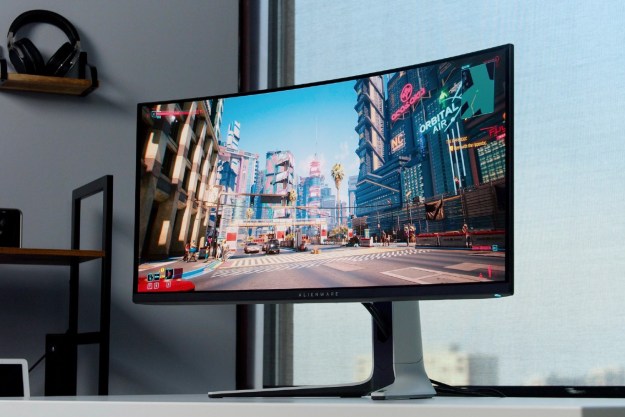MSI has announced two new MPG Artymis curved gaming monitors that include quantum dot (QD) Premium Color technology among their highlight features.
The MPG Artymis 273CQR-QD and MPG Artymis 273CQRX-QD monitors are both 27-inch VA panels with WQHD 1440p resolutions, 1ms MPRT, and 1000R curvature. The former, however, has a maximum refresh rate of 165Hz, while the latter has a maximum refresh rate of 240Hz.

The two monitors are also similar in terms of their 3000:1 contrast ratio, 530 nits of peak brightness, and VESA DisplayHDR 400 certification. The
Coming precalibrated, the monitors are set to a Delta E ≤ 2 and have sRGB (128% coverage), DCI-P3 (95% coverage), and Adobe RGB (93% coverage) color profiles, which users can adjust to their spectrum preference.
Ports included on the MPG Artymis monitors include one DisplayPort 1.2a, two HDMI 2.0b, one USB-C port with DP alt. mode and 15W power delivery, two USB-A 2.0, one USB-B 2.0, and a 3.5mm audio-out jack.
The monitors also connect with VESA 100mm x 100mm mounting, as well as featuring a swivel, tilt, and height adjustment.
MSI has not detailed pricing for the MPG Artymis monitors, however, the 273CQRX-QD model with the higher refresh rate is expected to be the more expensive of the two, the publication Kitguru suspects.
Other brands have also been utilizing quantum dot technology on their curved display gaming monitors. Alienware, for example, saw its 34-inch QD-OLED monitor sell out on its first day of availability just yesterday.
The $1,400 gaming monitor is an interesting proposition because OLED displays are not commonly used for gaming monitors. However, implementing quantum dot technology helped to bring the pricing of the monitor down compared to that of a traditional OLED display.
While the VA panel on the MPG Artymis monitors might not cause it to break the bank, other features, such as its high refresh rate, QD Premium Color, and VESA DisplayHDR 400 support, will all contribute to the overall price.
Editors' Recommendations
- 4 gaming monitors you should buy instead of the Alienware 34 QD-OLED
- MSI is getting slammed on Reddit for a controversial monitor decision
- MSI and Asus just flipped the script for their OLED gaming monitors
- Alienware’s new second-gen QD-OLED monitors are stunning
- HP takes on Alienware and Samsung with its 4K QD-OLED gaming monitor



